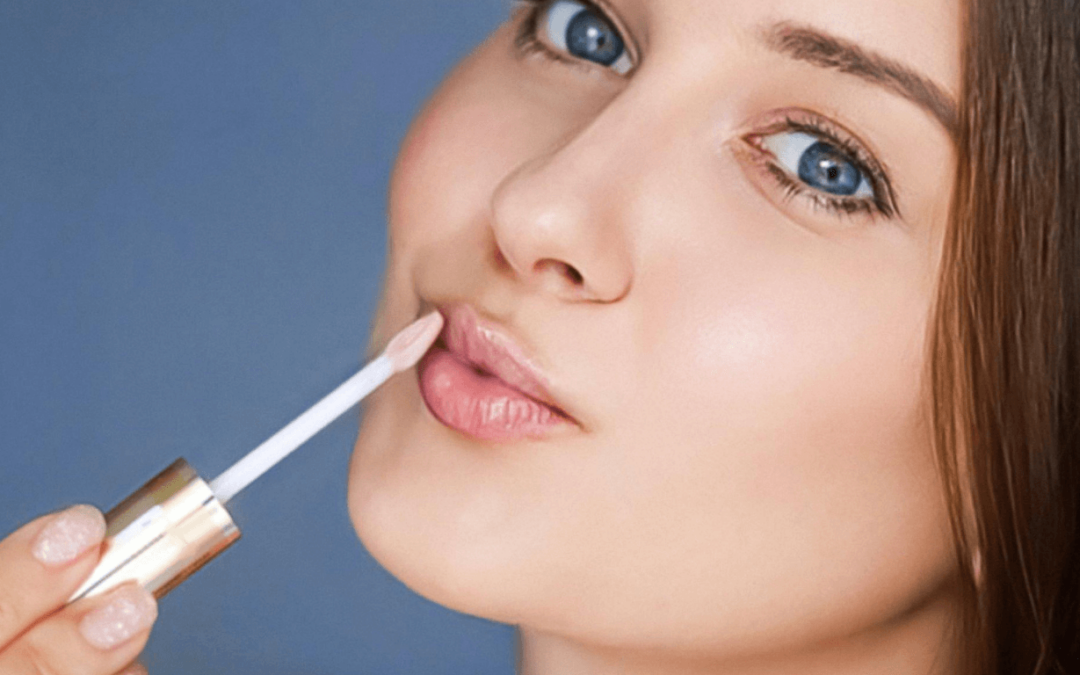In the realm of health and intimate relationships, questions and concerns often arise, leading to the quest for accurate information and peace of mind.
One such query that has caught the attention of many is the potential transmission of Chlamydia through seemingly innocuous means, such as sharing lip gloss.
In this exploration, we delve into the realm of sexual health, Chlamydia transmission, and whether the act of sharing lip gloss could truly be a cause for concern.
Chlamydia: The Silent Intruder
Before diving into the specifics of Chlamydia transmission through lip gloss, it’s essential to understand what Chlamydia is and how it typically spreads.
Chlamydia is a common sexually transmitted infection (STI) caused by the bacterium Chlamydia trachomatis.
It primarily affects the genital and urinary tract areas, leading to symptoms such as painful urination, abnormal discharge, and pelvic pain.
Chlamydia is most commonly transmitted through sexual contact, including vaginal, anal, or oral sex with an infected partner.
Unprotected sexual activities without the use of barriers like condoms or dental dams increase the risk of Chlamydia transmission.
The Science of Chlamydia Transmission: Routes and Risks
Chlamydia is primarily transmitted through direct contact with infected genital, anal, or oral secretions. This typically occurs during sexual activities involving mucous membranes.
The bacterium finds its way into the body through these membranes, leading to infection.
The transmission of Chlamydia generally requires the presence of the bacteria in the genital, anal, or oral areas of an infected individual.
It is important to note that Chlamydia bacteria thrive in specific warm and moist environments, such as the genital and urinary tracts.
Sharing Lip Gloss: The Unlikely Culprit
Now, let’s address the concern that has prompted this inquiry: can Chlamydia be transmitted through sharing lip gloss? The short and reassuring answer is highly unlikely.
Chlamydia is not known to survive on surfaces like lip gloss for extended periods, and the conditions required for its transmission are not typically met through this mode of sharing.
Here’s why sharing lip gloss is not considered a significant mode of Chlamydia transmission:
Survival Outside the Body: Chlamydia is a delicate bacterium that requires specific conditions to survive. It is not well-suited to surviving on inanimate objects like lip gloss, especially considering the exposure to air and lack of warmth and moisture.
Transmission Factors: For Chlamydia transmission to occur, the bacteria must find their way into the mucous membranes of the genital, anal, or oral areas.
This means that even if Chlamydia were present on lip gloss, the transmission risk through lip contact is negligible.
Focus on Preventive Measures: Practicing Safe Habits
While the likelihood of Chlamydia transmission through sharing lip gloss is extremely low, it’s important to emphasize the significance of practicing safe habits to prevent the spread of sexually transmitted infections:
Safe Sexual Practices: Engaging in safe sexual practices, such as using barrier methods like condoms and dental dams, significantly reduces the risk of Chlamydia and other STIs.
Regular Testing: Individuals who are sexually active should consider regular STI testing as part of their overall health routine. Testing allows for early detection and timely treatment if necessary.
Open Communication: Open and honest communication with sexual partners about sexual health history and practices is essential. This can help in making informed decisions and reducing the risk of transmission.
Addressing Misconceptions: Fostering Accurate Knowledge
It’s not uncommon for misconceptions and concerns about STI transmission to arise, often fueled by misinformation or fear. It’s crucial to address such concerns with accurate information to dispel myths and alleviate unnecessary worry.
Lip gloss, as a cosmetic product, is not a vehicle for Chlamydia transmission. Chlamydia requires specific conditions and direct mucous membrane contact to be transmitted, conditions that are not met through sharing lip gloss.
The Importance of Educating and Empowering
In the realm of sexual health, education is empowerment. Understanding how infections like Chlamydia are transmitted, as well as the factors that contribute to their spread, empowers individuals to make informed decisions and engage in safe practices.
Accurate information is a tool for reducing the stigma associated with STIs and fostering a culture of open communication. Educating oneself and others about the true modes of transmission helps combat fear and encourages responsible sexual behavior.
The Bottom Line: Shared Knowledge and Peace of Mind
In the quest to understand whether Chlamydia can be transmitted through sharing lip gloss, it’s important to rely on accurate scientific information.
Chlamydia primarily spreads through sexual contact involving infected genital, anal, or oral secretions.
Sharing lip gloss is not a significant mode of transmission for Chlamydia, given the bacteria’s delicate nature and the lack of suitable conditions for survival.
Fostering a culture of open communication, accurate knowledge, and responsible sexual behavior is essential for promoting sexual health and well-being.
By dispelling myths and addressing concerns with facts, we can contribute to a more informed and empowered society, ensuring that individuals make choices based on accurate information rather than unfounded fears.


